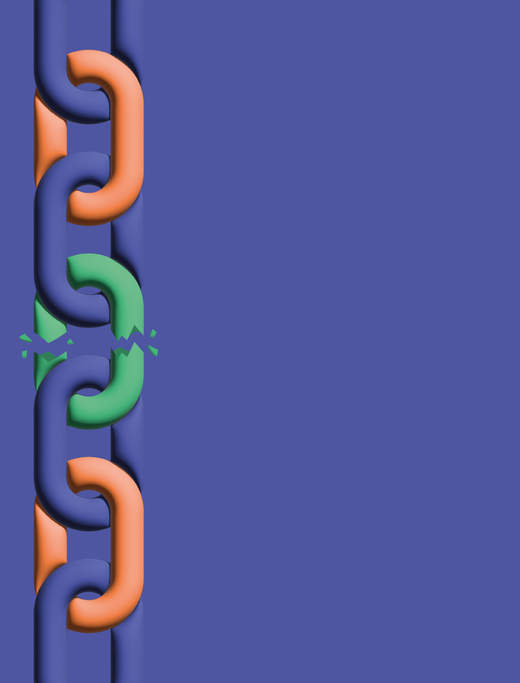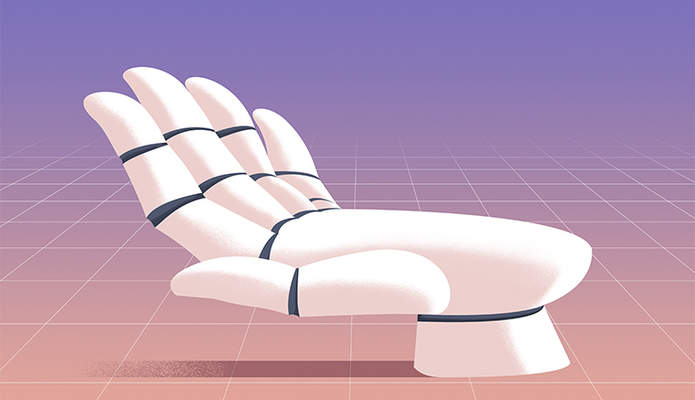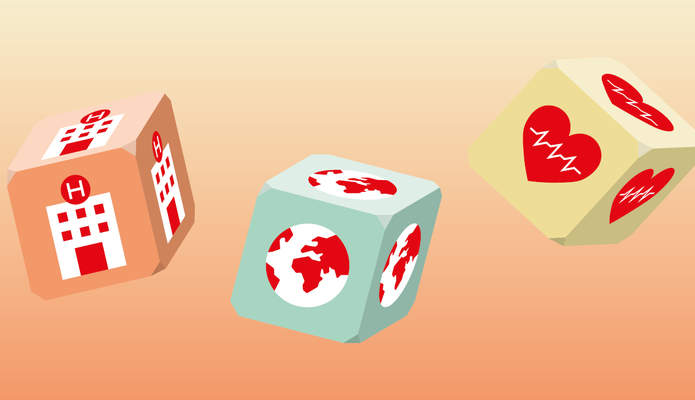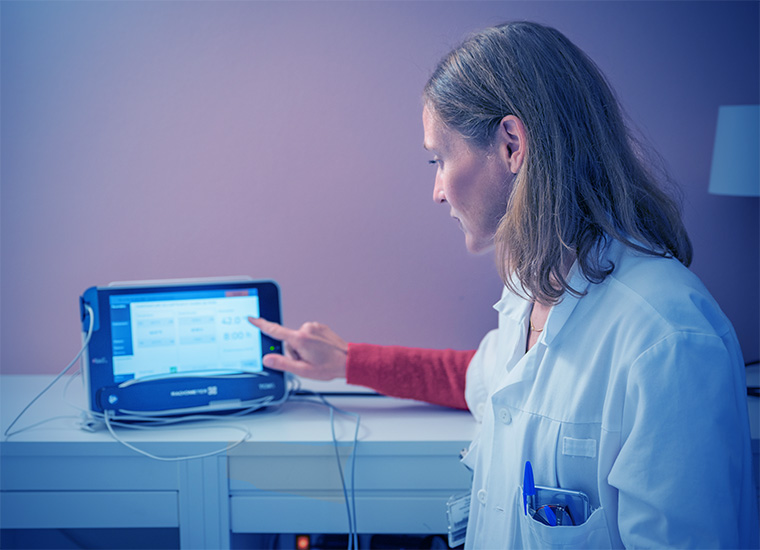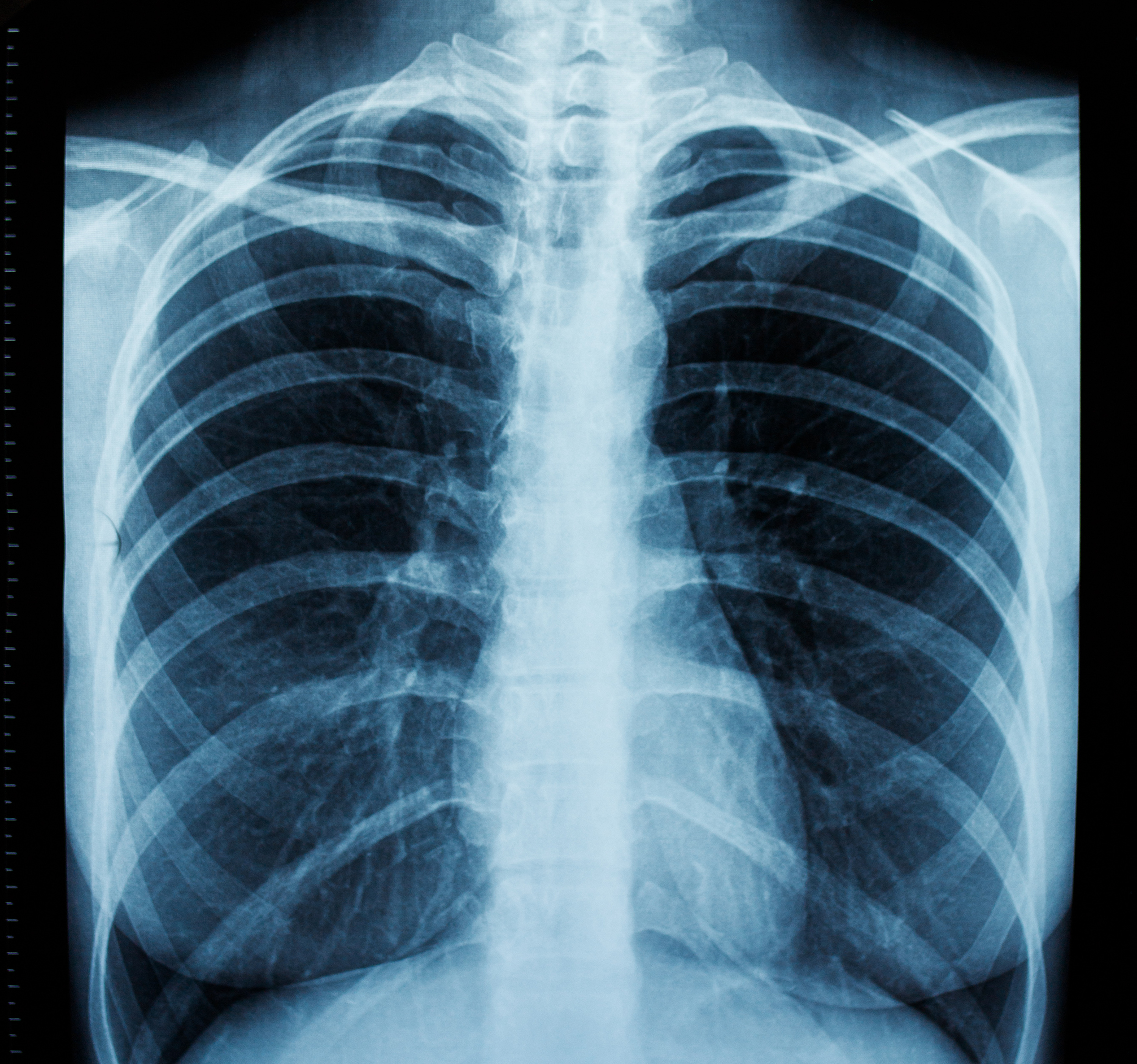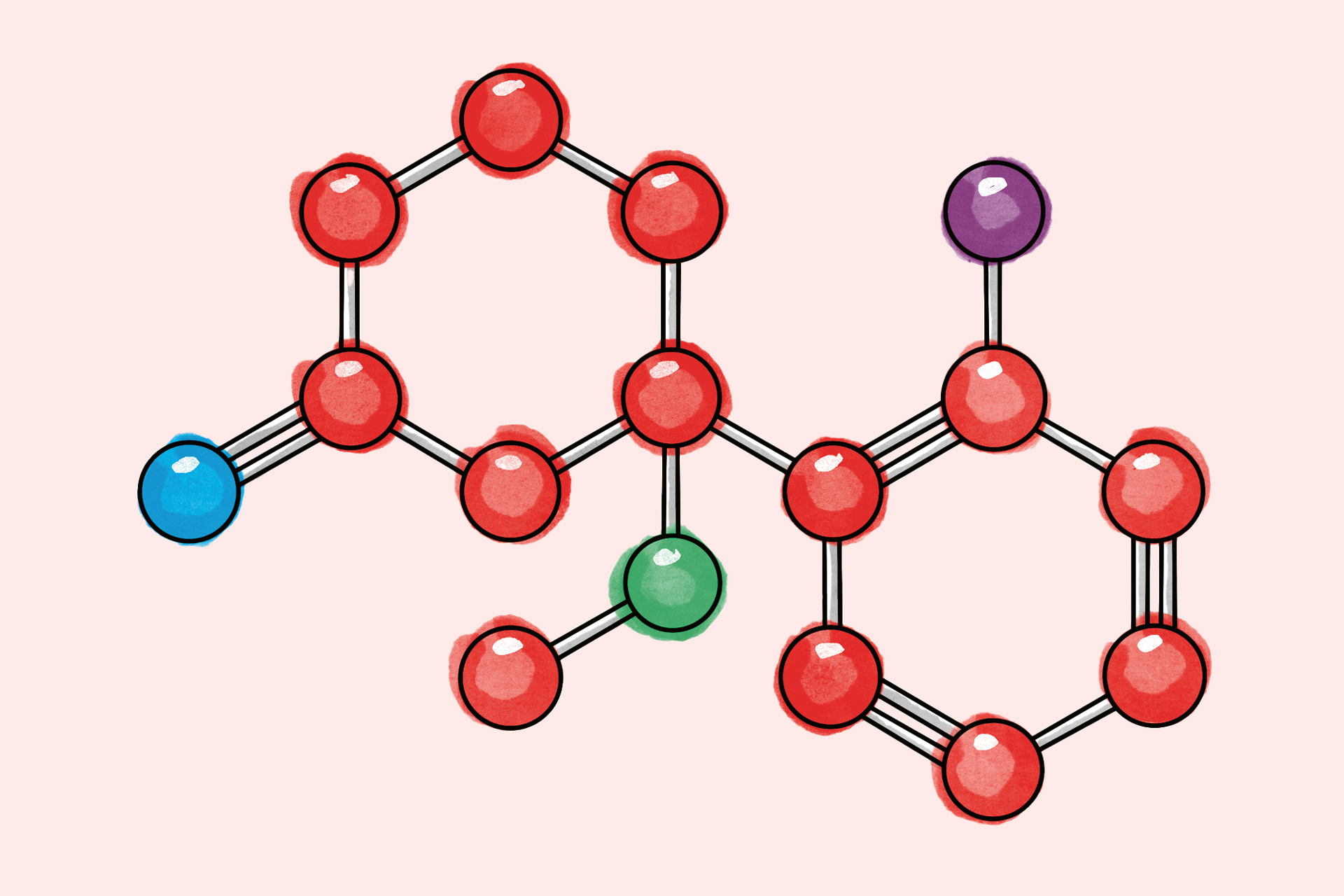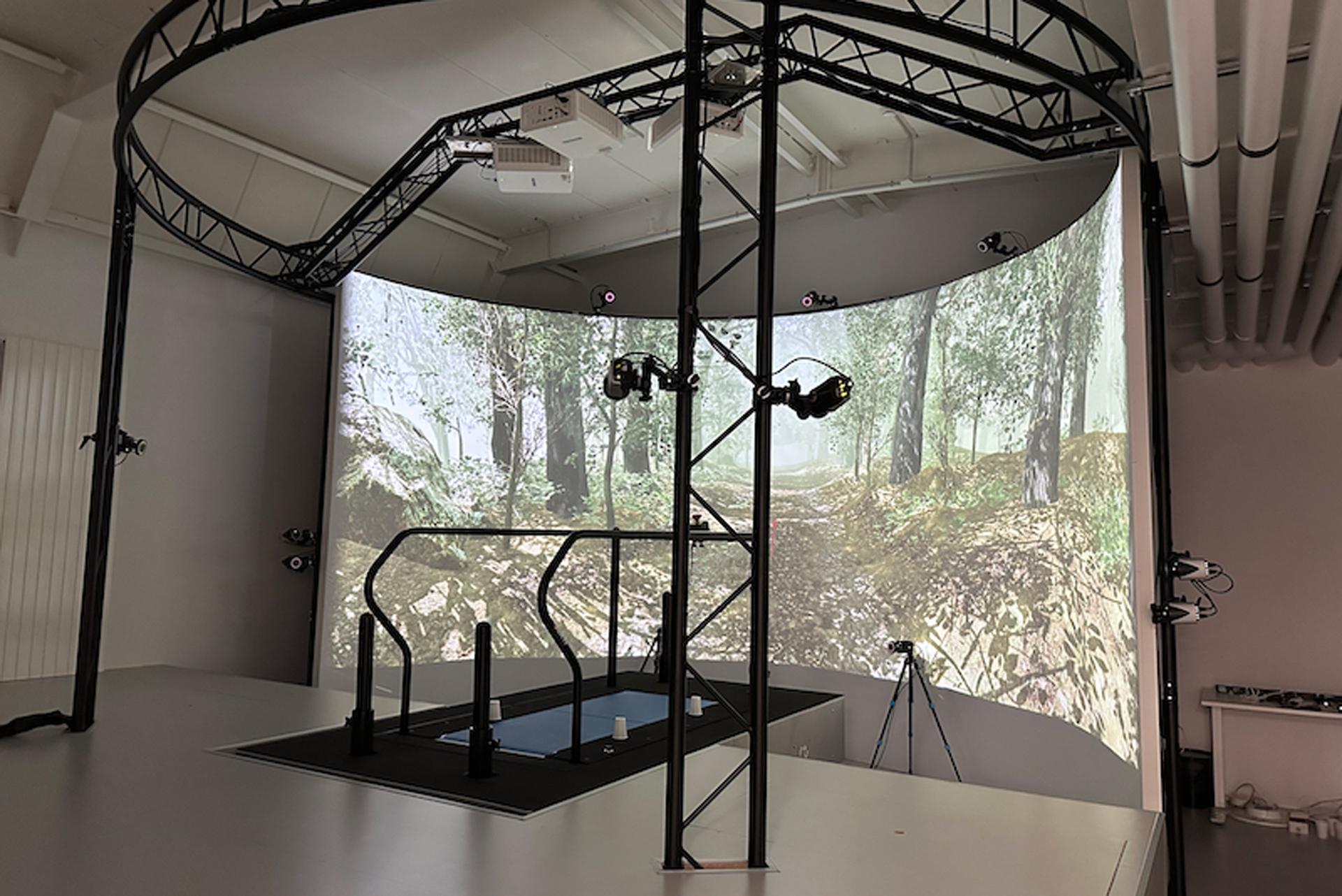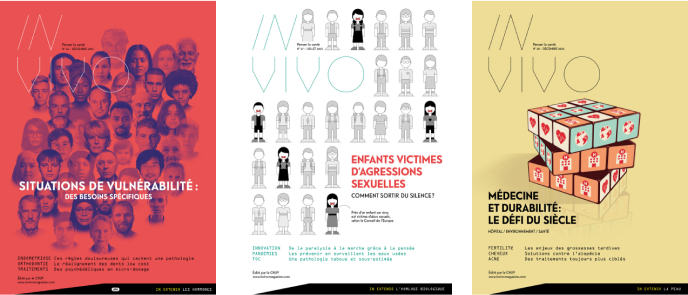
Les actualités du CHUV
Toutes les actualités du CHUVL'agenda du CHUV
Tout l'agenda du CHUV
05
avril
2025
Vernissage & Performance A HOME CARE II par Monika Emmanuelle Kazi
08
avril
2025
Le Cancer de l'utérus : comprendre pour mieux agir
14
avril
2025
PÂKOMUZÉ, spécial 20 ans : Vos vacances de Pâques dans les musées !
29
avril
2025


